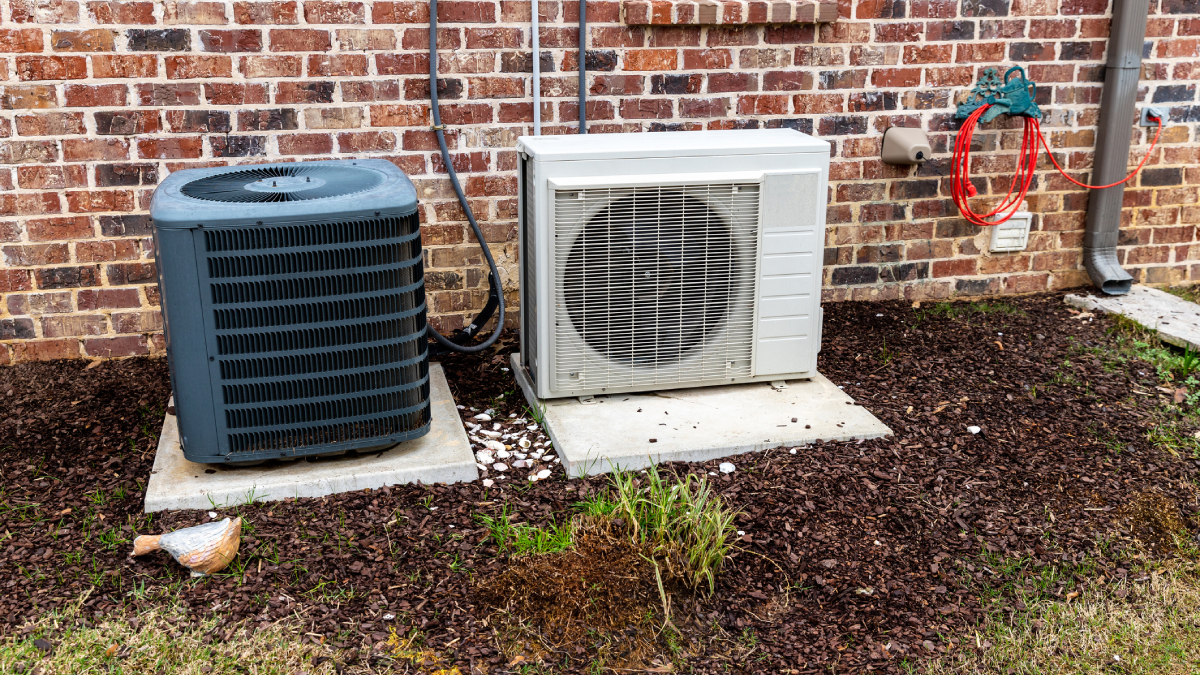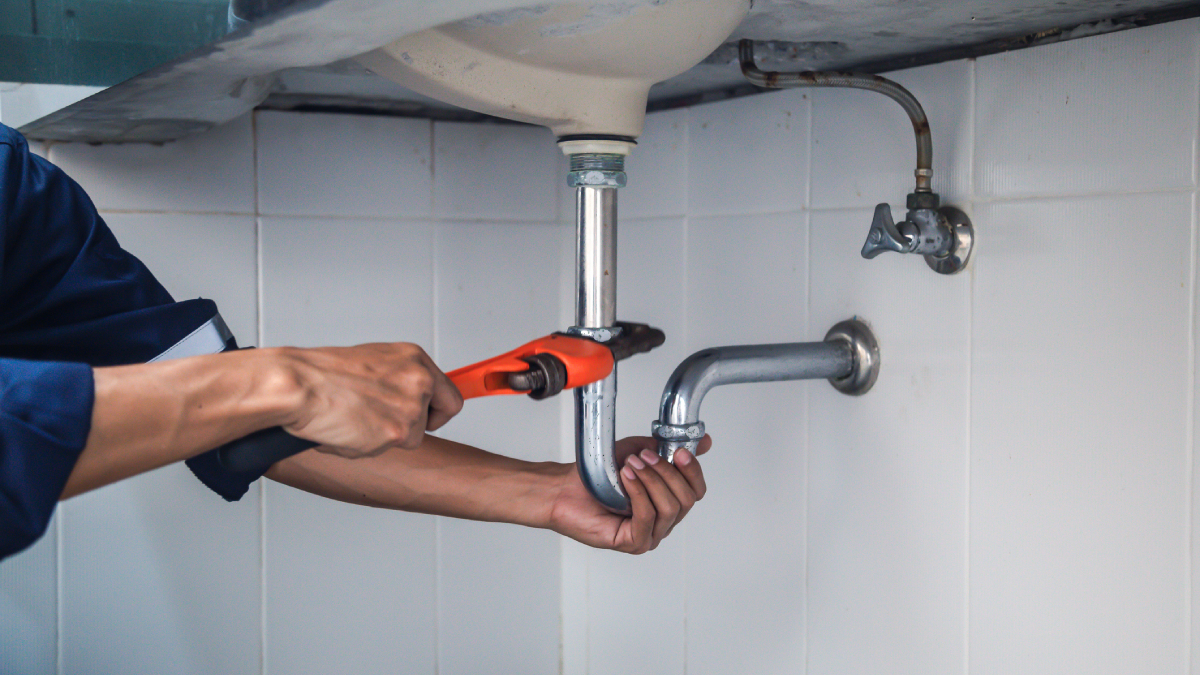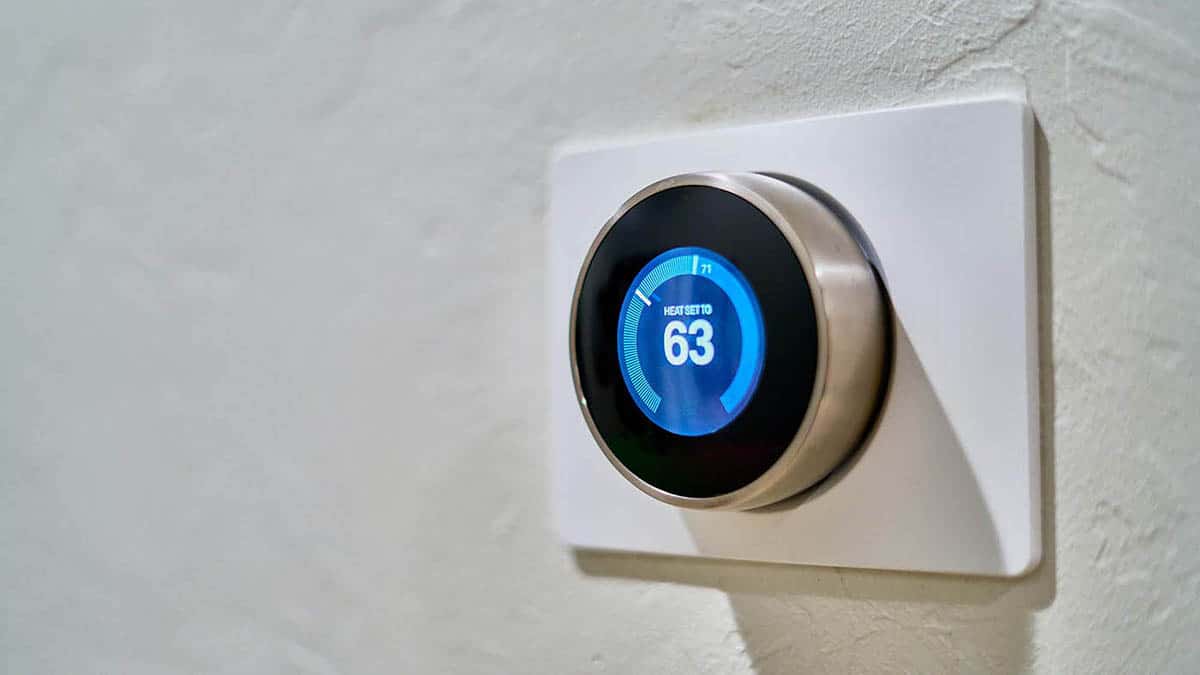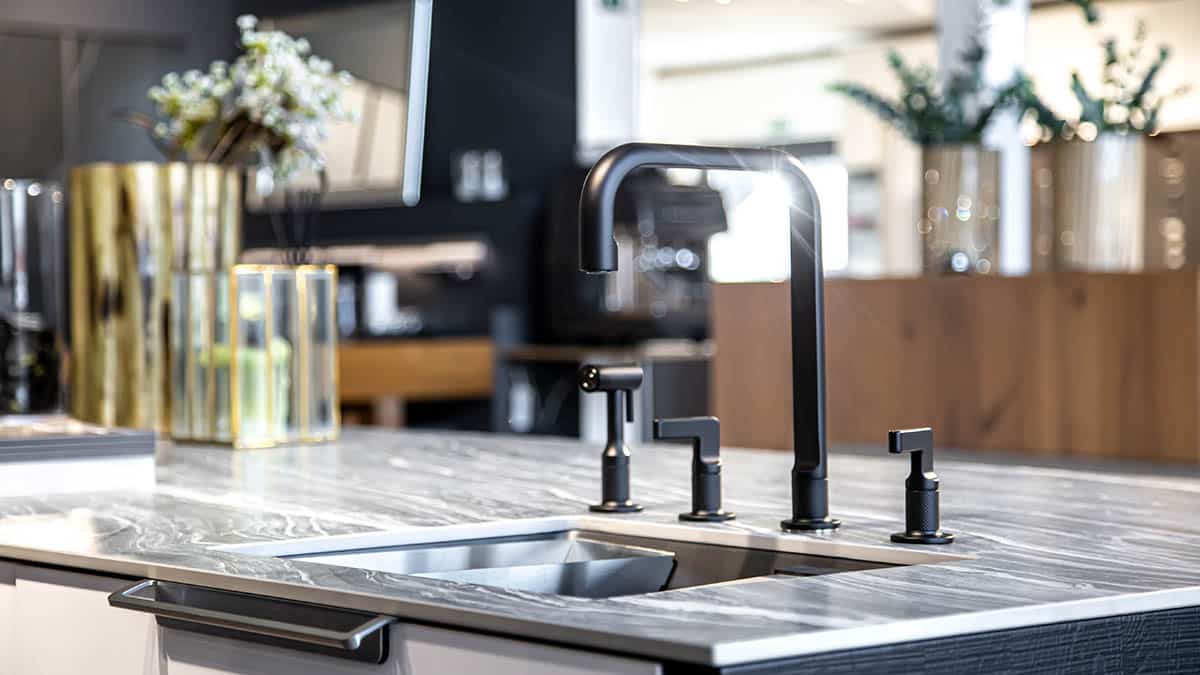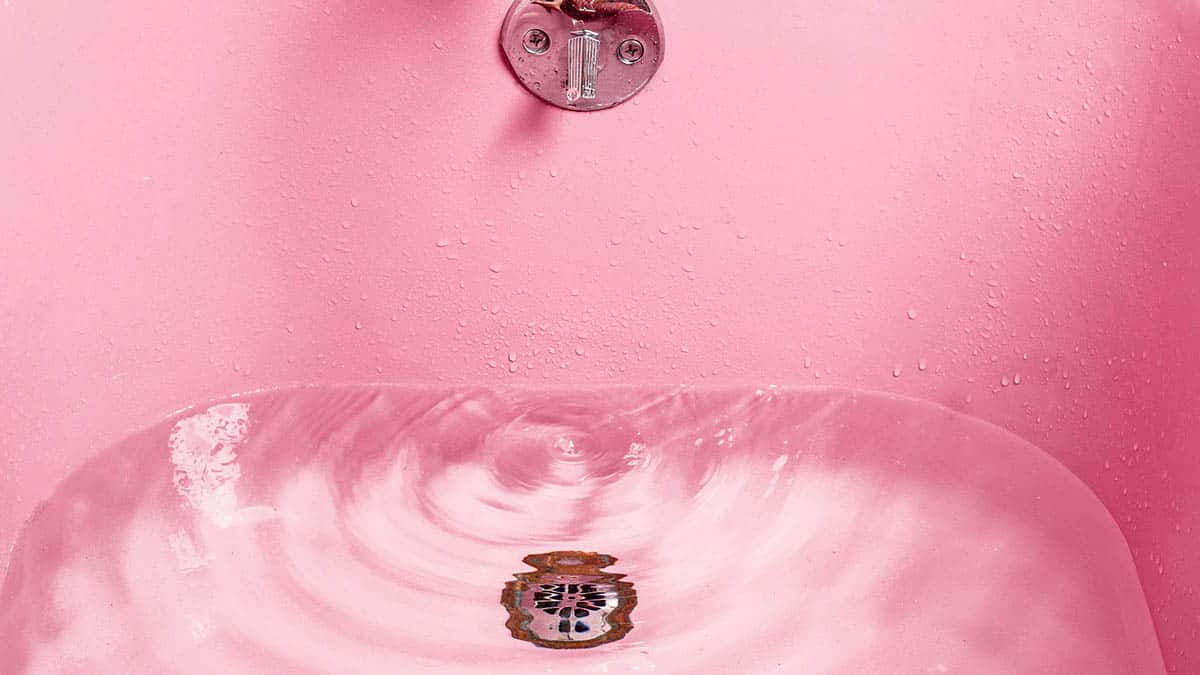- Home
- Blog
Upgrade Your Comfort with Helpful Tips from Our Blog
Looking for other ways to improve your sense of comfort at home? We’re always sharing industry news and insider tips on our Blog. Check out our newest updates today!
The summer break is an opportunity to unwind and break away from the day to day. Before you head out, make sure that the house and HVAC are prepared for while you’re gone. Some prep work goes a […]
Lots of homeowners want efficient central air conditioning these days, but the air conditioner isn’t exactly the visual highlight people like having in their backyard. Do you want a more comfortable home without ruining the yard’s look with […]
You rely on your home’s plumbing to operate efficiently, but unseen troubles can hide in many places. Luckily, you can avoid obstructions, leaking and even flooding with a little preventive maintenance. Here’s how you can keep your water […]
During the heart of summer, you depend on your HVAC system to keep your home cool and safe from the worst of the heat. At the same time, the air conditioner may experience issues as demand goes up […]
Back in 1883, Warren Johnson invented an electrical thermostat to control the indoor temperatures during the winter. The only problem was, it simply signaled janitors to produce more heat for himself. A few years later, Albert Butz created […]
If you’re not devoted to routine RO maintenance, on-demand water filtration can become an over-costly investment that’s downright unhealthy. What would you say if you found out your purified water wasn’t much better than the tap? What would […]
The water is extremely hard in Phoenix, Arizona – and everyone here knows it. But many residents choose to do nothing about it because they aren’t aware of the effects it has. Skin, hair, appliances, plumbing systems and even landscape […]
In the Valley of the Sun, water hardness is a real concern. Aside from drying out skin and hair, it leaves deposits all over exterior walls, showers, dishes and even within plumbing systems. Since many Phoenicians invest a lot of […]
Living in Arizona during the summer can be somewhat of a luxury when you consider the perks of dry heat. Humid environments feel significantly hotter and are much harder to cool off in because the air can’t absorb any more water. Outside […]
A property with an abundance of natural light is usually pretty warm and welcoming. But during the summer months in Phoenix, an excess of sunshine can hinder cooling efficiency. Unless you have quality dual-pane windows, proper seals and […]

